Want to own a work of art and support a great cause? The annual Quilt Alliance fundraiser begins Monday, November 14. Amy Milne, Executive Director of the Quilt Alliance, gives you a tour of just some of the amazing quilts up for auction.
View a gallery of all the quilts.
Visit www.QuiltAlliance.org on Monday, November 14, 2016, to bid on your "favorite" quilt.
The 2016 contest was for all quilters—they encouraged everyone who makes quilts to enter regardless of their style (traditional, modern, art) or technique (longarm, hand quilting, applique, pieced…)—all were welcomed and valued! This year’s theme was “Playing Favorites” and they encouraged entrants to work deep inside their comfort zone, their happy place, and the Quilt Alliance presented their resources to give everyone extra inspiration.
The rules were simple: make a 16” by 16” wall quilt showcasing the quilter's very favorite pattern or technique. Whether it’s double wedding ring or hexies, crazy quilting, textile art or modern, the quilter could make whatever they loved most about quilting right now. The Quilt Alliance was interested in documenting the state of quilting in 2016, including everyone's favorites.



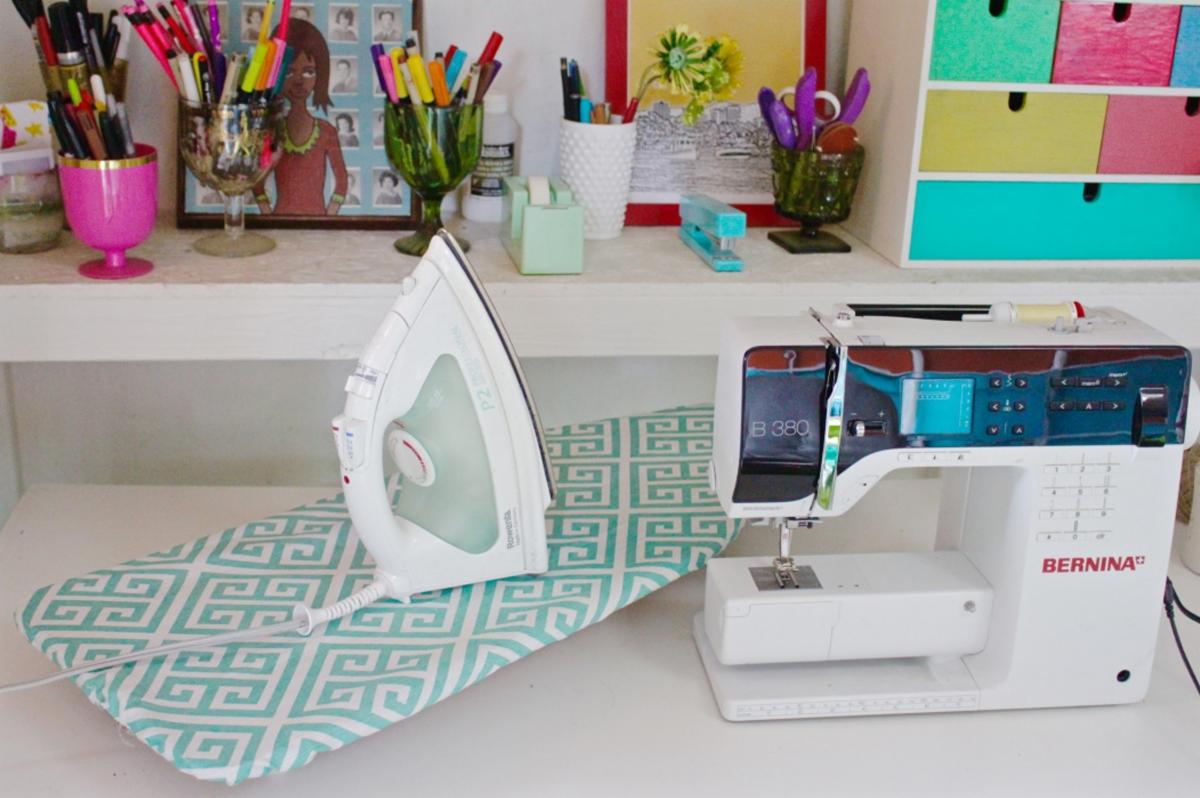
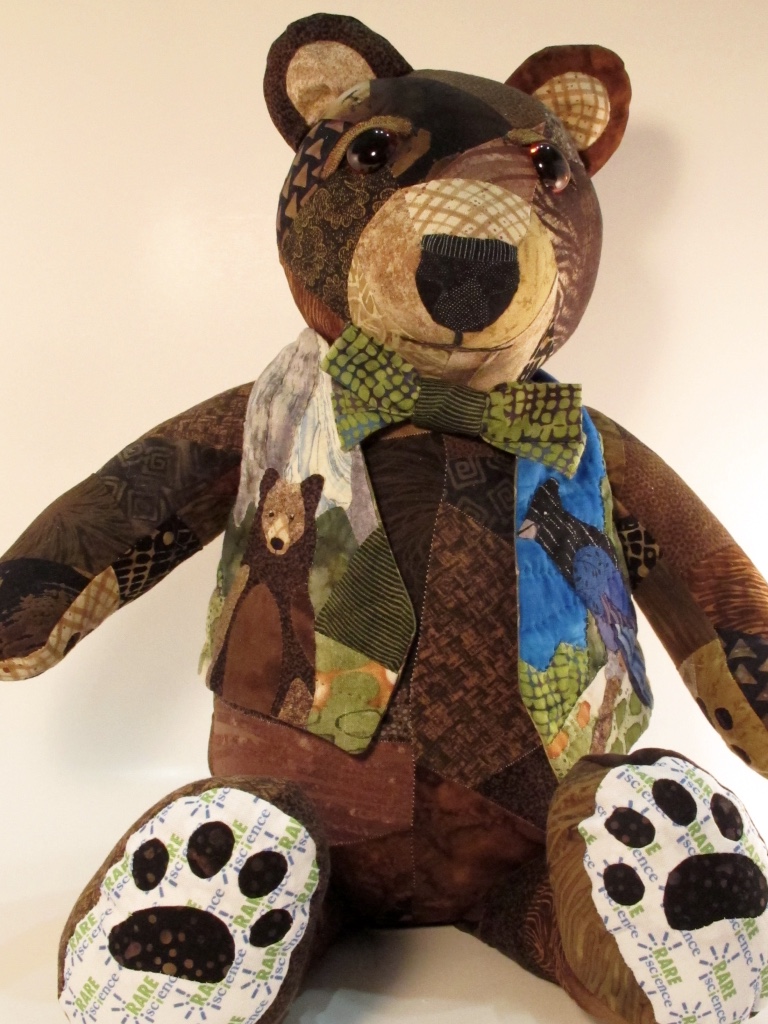


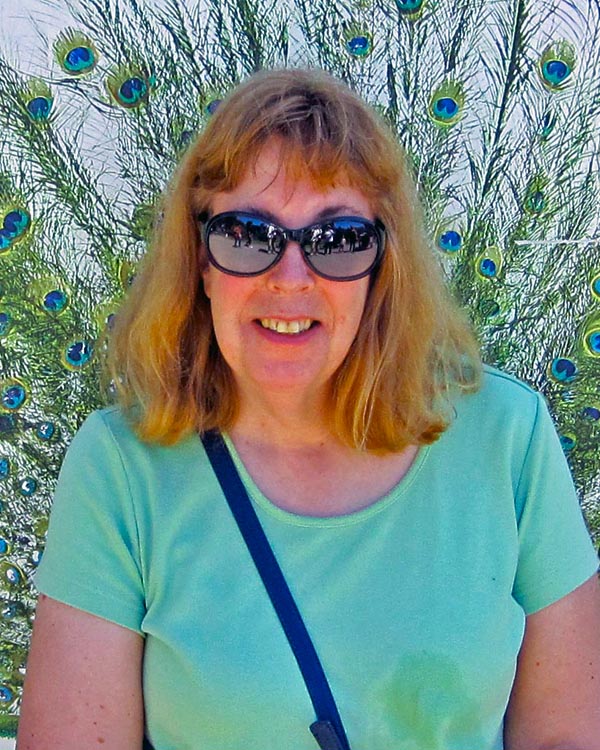 Nancy started making quilts over 20 years ago after her mother took a quilting class and taught her what she had learned. Nancy has always loved animals, and found that by using applique she could create realistic animal portraits. She feels that animals are important parts of this world and should be celebrated and preserved. She has made many animal quilts, but with the wide variety of subjects available, she feels there are many more animal quilts waiting to be made.
Nancy started making quilts over 20 years ago after her mother took a quilting class and taught her what she had learned. Nancy has always loved animals, and found that by using applique she could create realistic animal portraits. She feels that animals are important parts of this world and should be celebrated and preserved. She has made many animal quilts, but with the wide variety of subjects available, she feels there are many more animal quilts waiting to be made.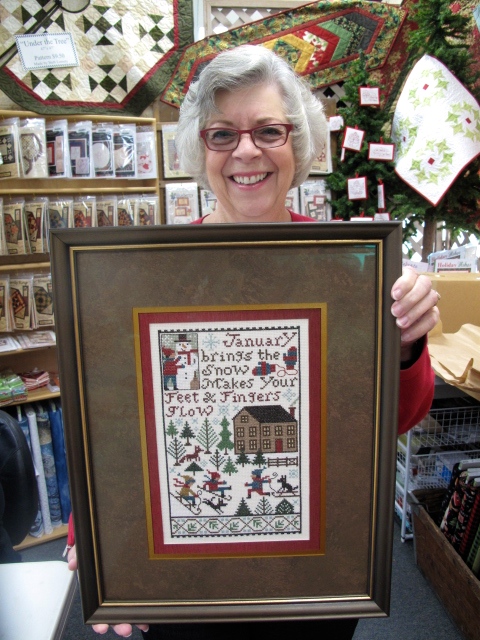 I don't know about you, but I can hardly fathom that we are already into November!!! You know what that means...the "C" word is just around the corner and I had better get some stitching done! This time of the year, the calendar can seem to have a life of its own with little flexibility to squeeze in some stitching time. But, here's the deal...you have got to make time! Not only to get those gifts done, but to decrease your stress level! For me there is no better way to accomplish both than going to a quilt group. Not only do you have time to stitch, but you are inspired by what everyone else is working on!
I don't know about you, but I can hardly fathom that we are already into November!!! You know what that means...the "C" word is just around the corner and I had better get some stitching done! This time of the year, the calendar can seem to have a life of its own with little flexibility to squeeze in some stitching time. But, here's the deal...you have got to make time! Not only to get those gifts done, but to decrease your stress level! For me there is no better way to accomplish both than going to a quilt group. Not only do you have time to stitch, but you are inspired by what everyone else is working on!

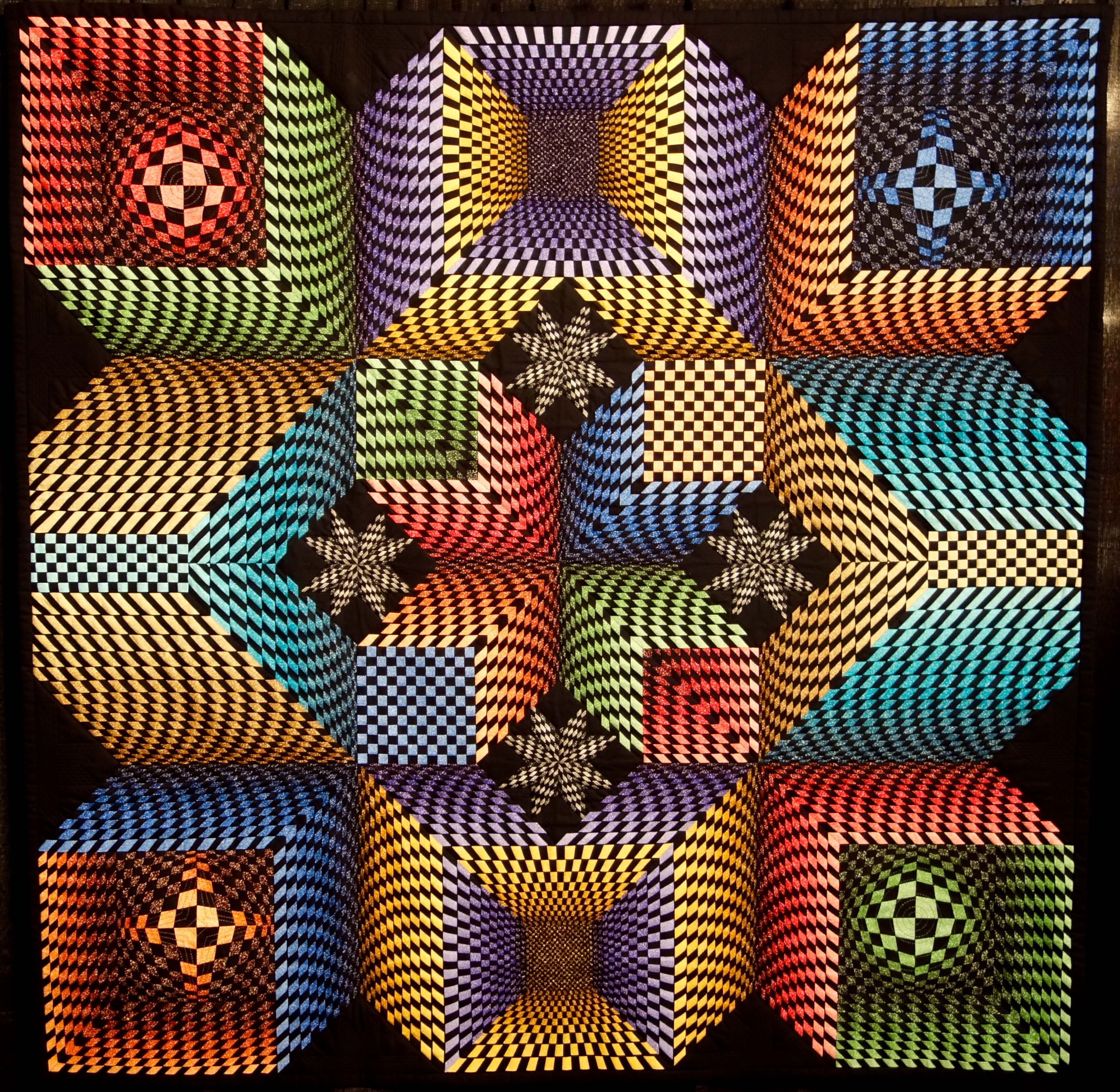


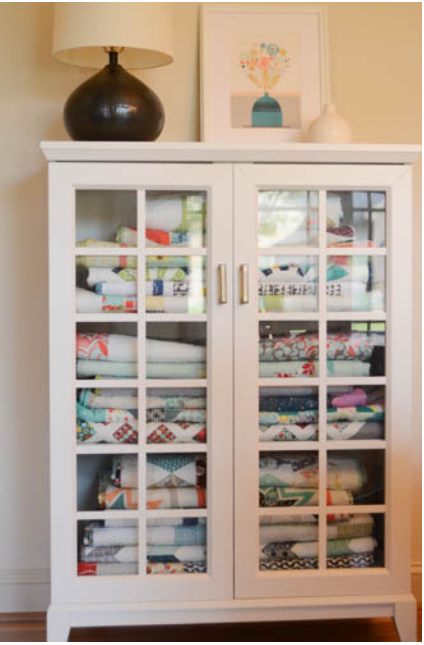
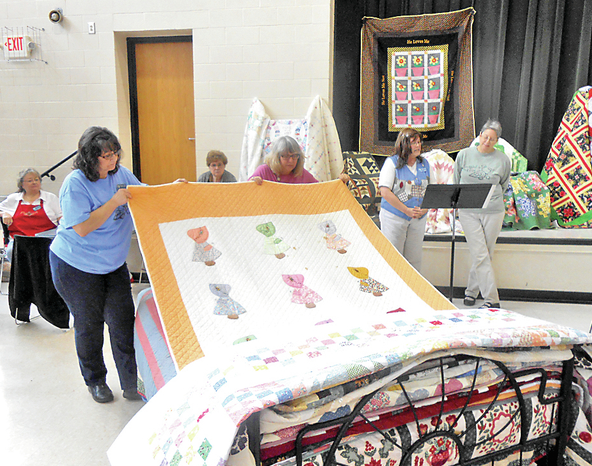
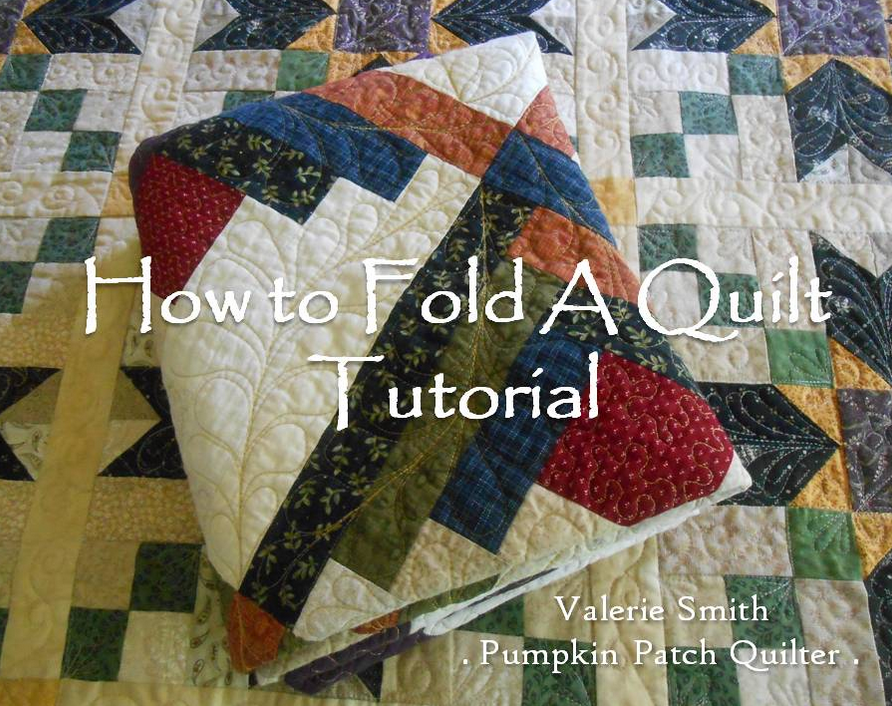




.jpg)


